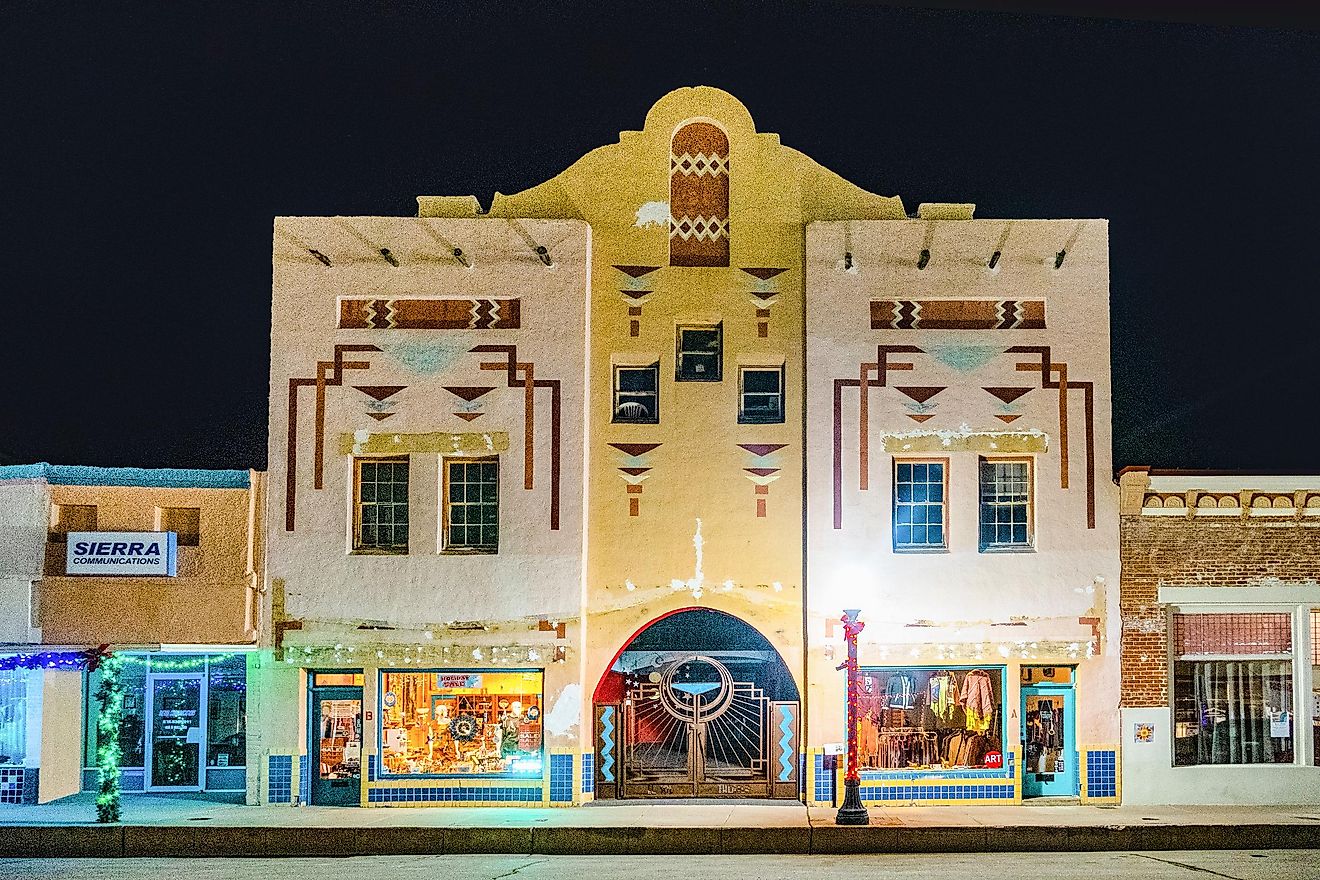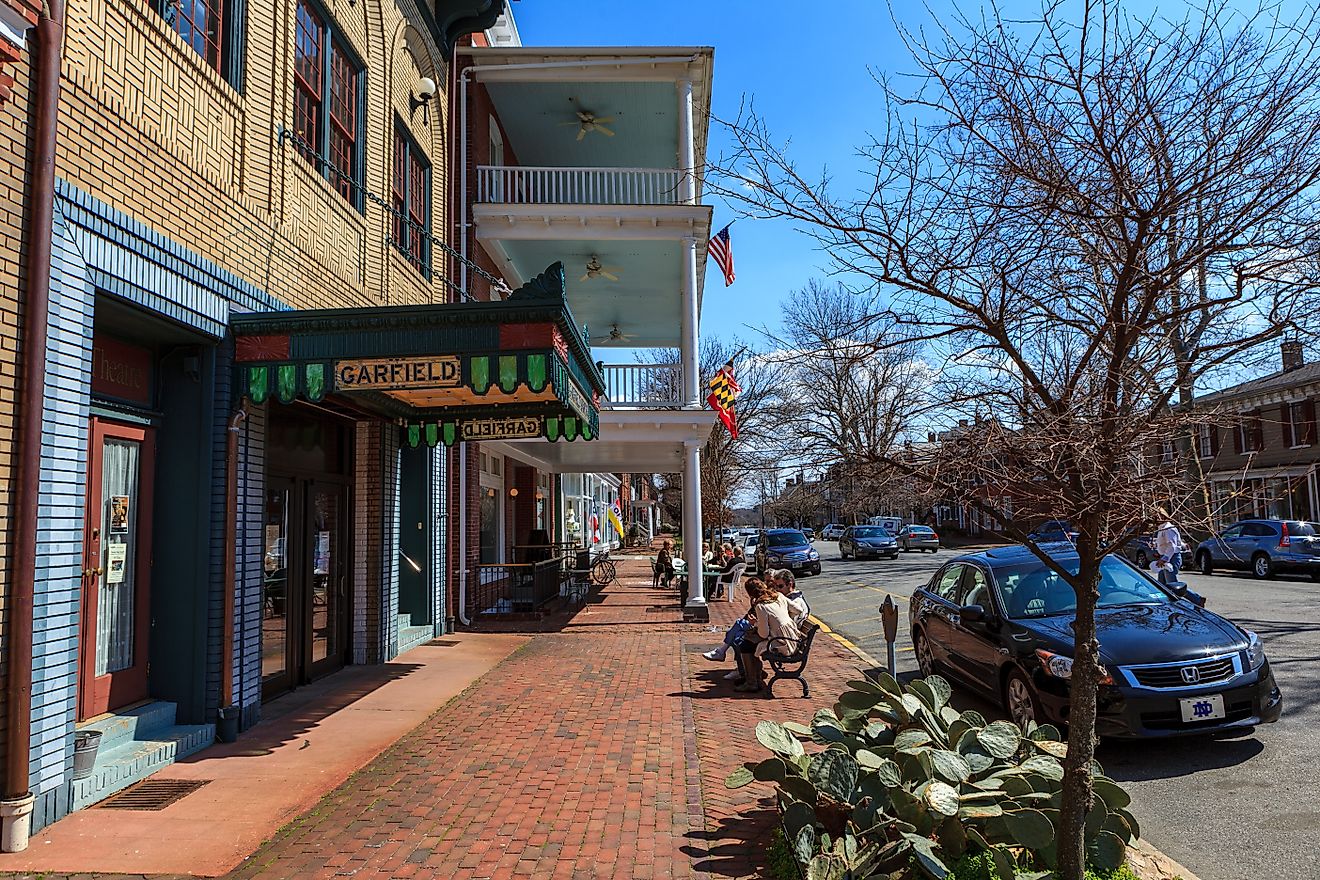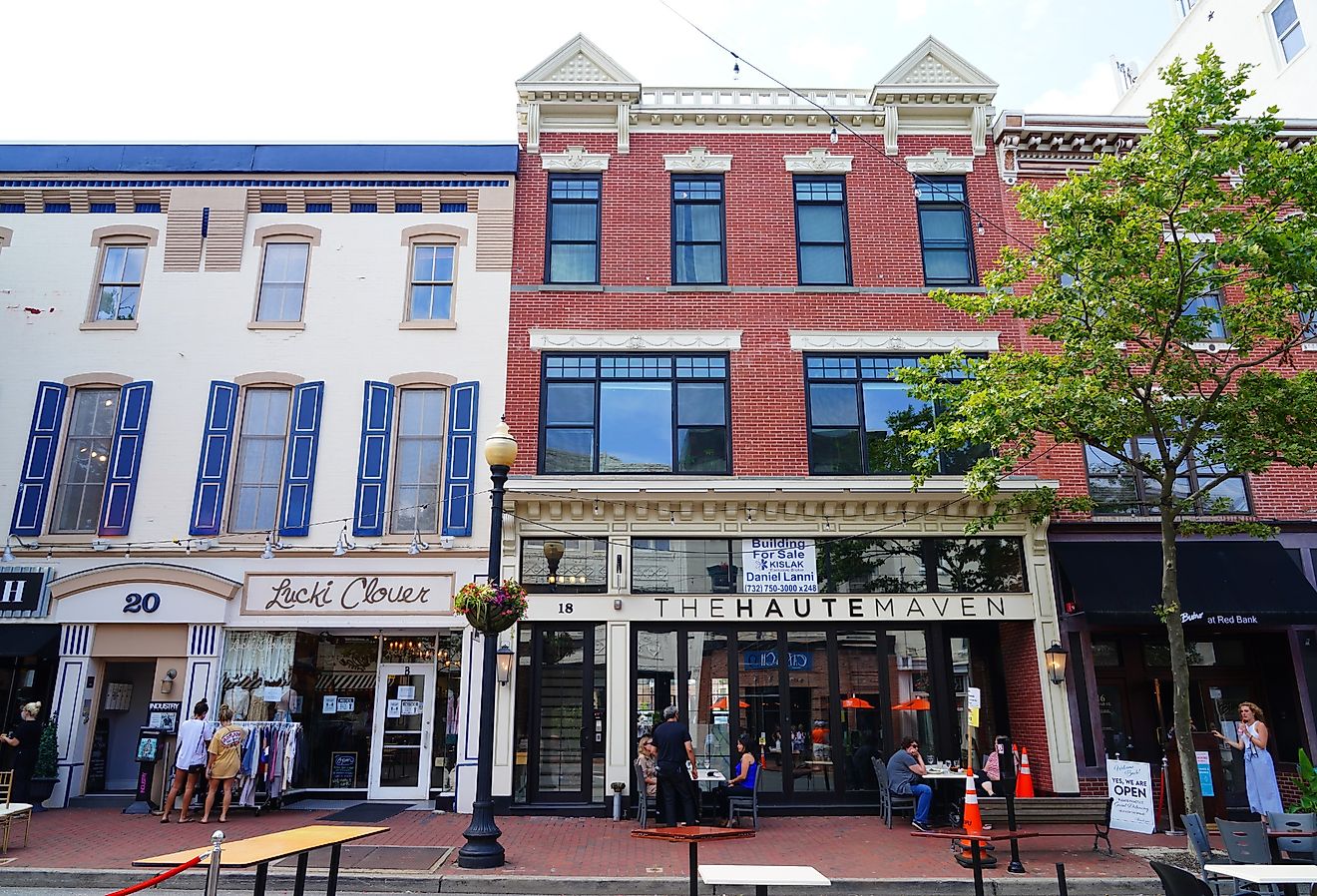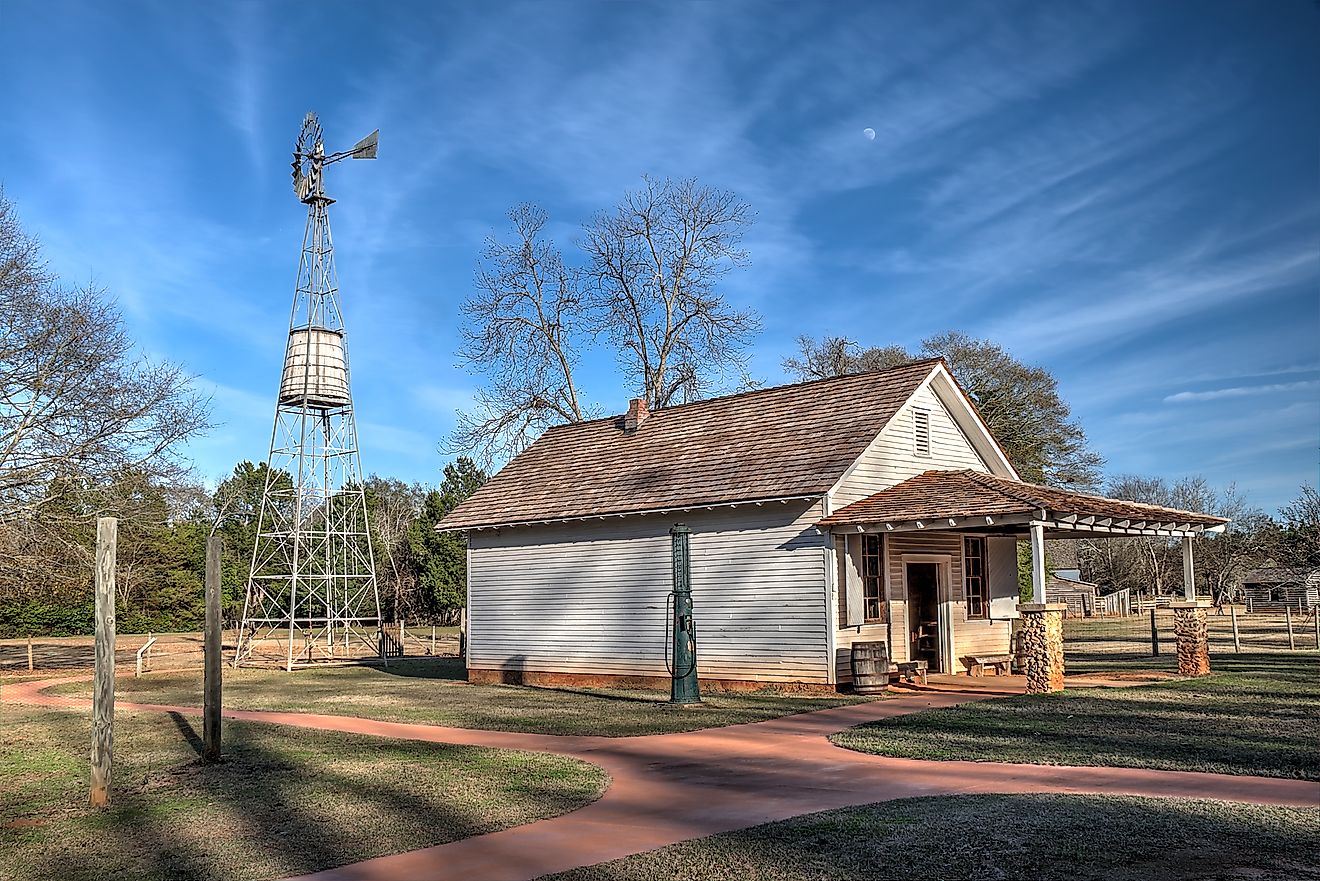
Sun Belt States
The Sun Belt States are 15 states in the southern United States, most of which border Mexico or the Gulf of Mexico to the south. These states stretch across the Continental United States, from the Atlantic Seaboard in the east all the way to the Pacific Seaboard in the West. Another term used for these states is the Spanish Belt, as many of these states were previously ruled by Spain and/or Mexico before they were brought under US control. Today, many of these states host sizeable Hispanic populations.

A Brief History of the Sun Belt States
Several of the Sun Belt states were under Spanish and/or Mexican rule prior to being part of the United States. The Treaty of Guadalupe Hidalgo, which ended the Mexican-American War (1846-1848) saw Mexico cede the land that now encompasses the states of California, Nevada, Utah, Arizona, Colorado, and New Mexico to the United States. The present-day US state of Texas had broken away from Mexico in 1836 to become an independent country. Nine years later, however, Texas was annexed by the United States, and given US statehood. Most of the land ceded by Mexico to the United States was initially organized into US territories. Statehood for the formerly Mexican territories was given later, beginning with California in 1850, and ending with Arizona and New Mexico in 1912.

Most of the land that is now part of the states of Oklahoma and Louisiana was ceded to the United States by France in 1803, in what is known as the Louisiana Purchase. The United States controlled what became the states of Mississippi and Alabama shortly after the American Revolution. Georgia and the Carolinas were among the original 13 colonies that declared independence from Britain in 1776. Florida was under Spanish rule from the 16th century to the 19th century, except for a brief period in the 18th century when it was controlled by Britain. In 1819, the US purchased Florida from Spain. It became a US state in 1845.

The Sun Belt states experienced rapid growth from World War II onwards. During WWII, many of the military manufacturing jobs moved from the northeast US region known as the Rust Belt to the South and West of the country. Growth continued into the mid-20th century, helped by the arrival of many new immigrants from Mexico and other Latin American countries. The term, “Sun Belt”, was first coined in 1969 by writer and political analyst Kevin Philipps, who used the term in his book entitled, The Emerging Republican Majority, to describe the region from Florida to California, in which industries such as oil, military, and aerospace were prevalent. Also prevalent in the Sun Belt were retirement communities. Indeed, since the 1960s, the Sun Belt states have become very popular with retiring baby boomers seeking to live in areas with a warm, sunny climate.
Demographics of the Sun Belt

Today’s Sun Belt contains the top three most populous US states: California, Texas, and Florida. The states of North Carolina and Georgia also count themselves among the top 10 US states. Several of the largest cities in the United States are also located in the Sun Belt. In fact, 7 out of 10 of the country’s largest cities are located in the Sun Belt, including Los Angeles, the second most populous city in the United States after New York City.
Many of these large cities are home to some of the country’s biggest Hispanic and Latino communities. Nearly half of the population of Los Angeles, for example, is thought to be of Hispanic origin. In fact, the Hispanic community in Los Angeles is second only to that of New York City in terms of population. Other sizeable Hispanic communities in the Sun Belt states include those in Houston, Dallas, El Paso, and San Antonio, Texas; San Diego and San Jose, California; Phoenix, Arizona, and Miami, Florida.











